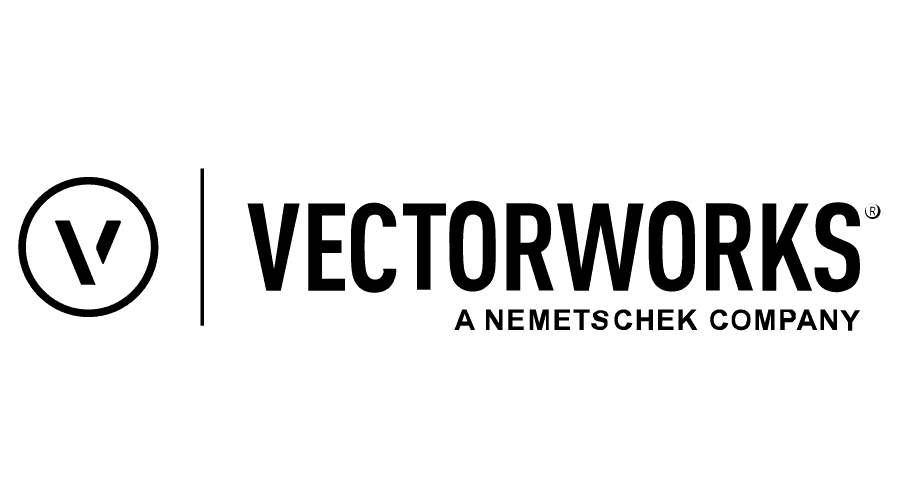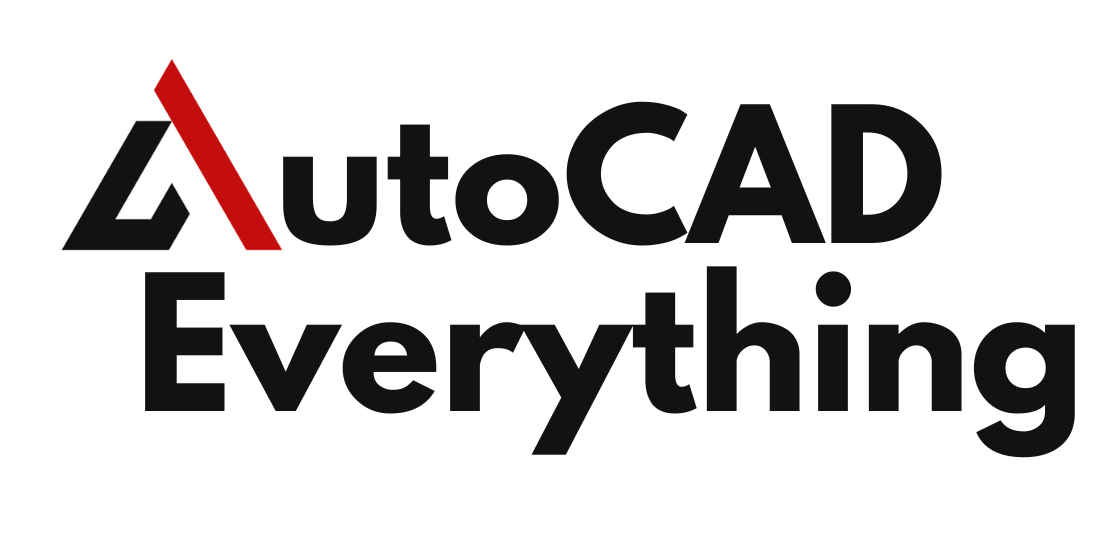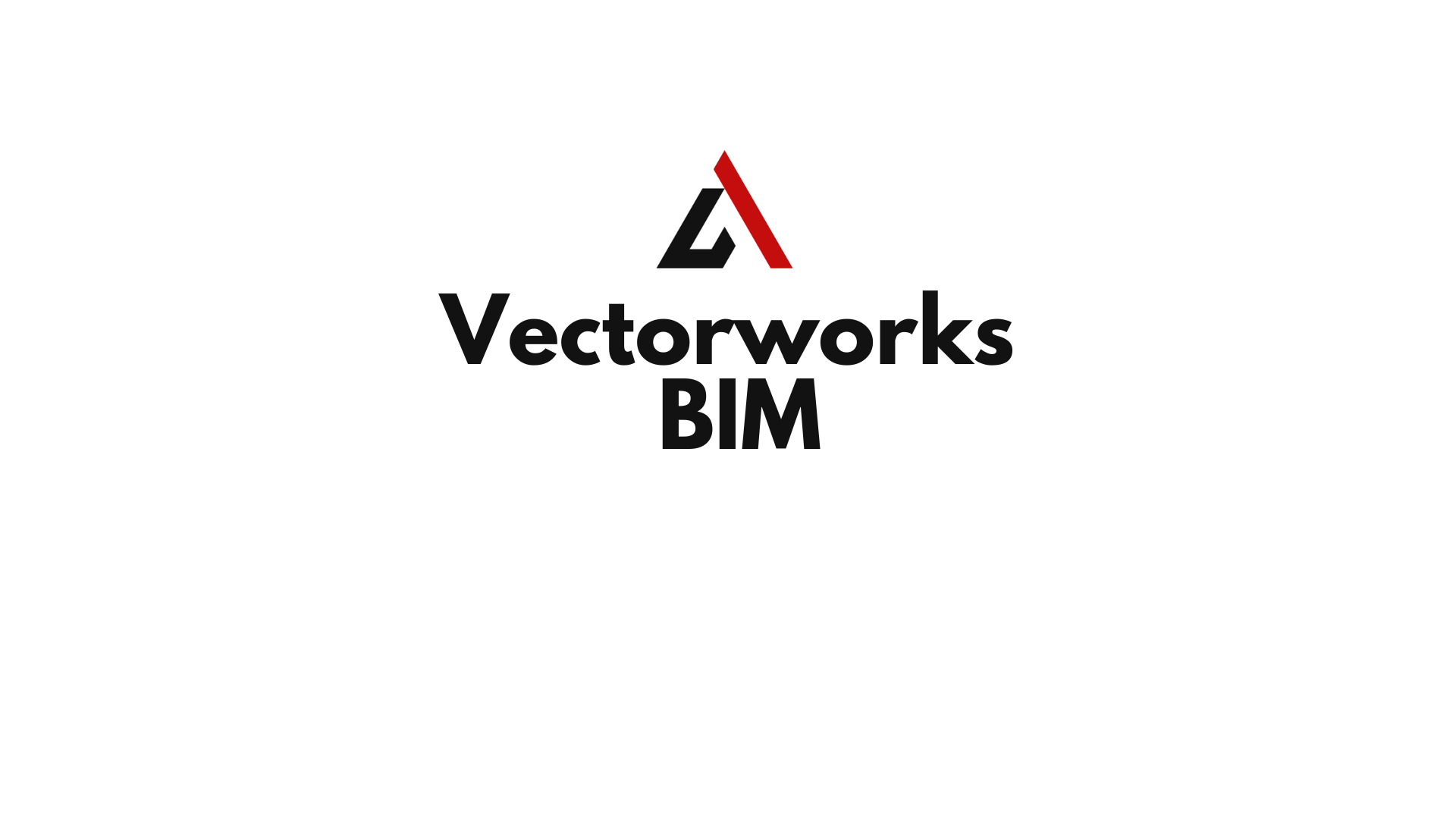Introduction
In the ever-evolving world of Building Information Modeling (BIM), Vectorworks BIM has emerged as a dynamic and innovative tool for architects, designers, landscape architects, and engineers. Unlike conventional CAD software, Vectorworks provides a flexible, intuitive, and comprehensive approach to modeling, enabling professionals to visualize, collaborate, and execute projects with high precision.
With its robust 2D/3D design tools, smart object modeling, and seamless interoperability, Vectorworks BIM is revolutionizing how professionals handle project workflows. This article explores the capabilities, features, and benefits of Vectorworks BIM, explaining why it’s one of the most sought-after solutions in the architecture, engineering, and construction (AEC) industry.
Table of Contents
Understanding Vectorworks BIM
What is Vectorworks?
Vectorworks is an industry-leading design and BIM software developed by Vectorworks, Inc., a subsidiary of Nemetschek Group. It caters to a wide range of professionals, including architects, landscape designers, interior designers, and urban planners. Unlike other BIM tools, Vectorworks is renowned for its user-friendly interface, high-level flexibility, and powerful parametric modeling.

The software is widely used in various industries, including:
- Architecture and urban planning
- Landscape design
- Entertainment and stage design
- Interior design
- Structural and mechanical engineering
How Vectorworks Integrates BIM
Vectorworks offers fully integrated BIM capabilities, allowing users to model real-world building elements, create construction documentation, and perform data analysis in a single platform. With its intelligent parametric objects, real-time collaboration features, and strong interoperability, it provides a holistic approach to the design and construction process.
Key Advantages of Vectorworks BIM
- Seamless 2D & 3D Integration – Unlike traditional CAD tools, Vectorworks enables fluid transition between 2D drafting and 3D modeling.
- Highly Customizable Workflows – Allows professionals to tailor their workflow to suit specific project needs.
- Smart Modeling & Automation – Uses parametric tools to speed up the design process.
- Efficient Collaboration – Supports open BIM workflows with compatibility for IFC, DWG, and Revit files.
- Advanced Visualization & Rendering – Built-in Cinema 4D rendering engine produces high-quality visualizations.
Key Features of Vectorworks BIM
1. Parametric 3D Modeling
Vectorworks BIM offers a robust set of parametric modeling tools, allowing users to create intelligent walls, slabs, roofs, windows, and doors. These objects are fully adjustable and adapt automatically when changes are made, ensuring accurate and data-rich designs.
2. Smart Data & Information Management
Vectorworks BIM enables users to attach metadata to every element within the model. This makes it easy to track material quantities, cost estimates, energy performance, and sustainability metrics.
3. Integrated Site Modeling & Landscape BIM
Unlike other BIM platforms, Vectorworks excels in landscape modeling. It offers advanced terrain modeling, site grading, and GIS integration, making it an excellent choice for urban planning and landscape architecture projects.
4. Real-Time Collaboration & OpenBIM Support
With IFC (Industry Foundation Classes) support, Vectorworks BIM facilitates interoperability between different software platforms, enabling seamless collaboration between architects, structural engineers, and MEP specialists.
5. Automated Documentation & Reporting
Vectorworks automates the creation of construction drawings, schedules, and quantity takeoffs, ensuring project documentation remains accurate, up-to-date, and consistent throughout the design process.
6. Advanced Visualization & Rendering
Vectorworks includes the CineRender engine by Cinema 4D, allowing professionals to generate realistic renderings, photorealistic textures, and immersive walkthroughs without needing external plugins.
7. Energy Performance Analysis
Vectorworks BIM integrates with Energos, a built-in energy modeling tool that provides real-time feedback on the building’s energy efficiency, helping architects design sustainable and environmentally friendly structures.
Vectorworks BIM vs Other BIM Software
| Feature | Vectorworks BIM | Revit | ArchiCAD | SketchUp |
|---|---|---|---|---|
| Parametric Modeling | ✅ Yes | ✅ Yes | ✅ Yes | ❌ No |
| OpenBIM Compatibility | ✅ Yes | ✅ Yes | ✅ Yes | ❌ No |
| Landscape & Site Tools | ✅ Yes | ❌ No | ✅ Yes | ❌ No |
| 2D/3D Hybrid Workflow | ✅ Yes | ❌ No | ✅ Yes | ✅ Yes |
| Rendering Capabilities | ✅ Yes (Cinema 4D) | ✅ Yes | ✅ Yes | ✅ Yes |
| Cost & Licensing Model | 💲 Mid-range | 💲 Expensive | 💲 Mid-range | 💲 Affordable |
Industries & Applications of Vectorworks BIM
1. Architectural Design
- Used for residential, commercial, and industrial building design.
- Enables conceptual modeling, detailed design, and construction documentation.
2. Landscape Architecture
- Supports terrain modeling, grading plans, and GIS data integration.
- Allows designers to create green spaces, urban parks, and sustainable landscapes.
3. Interior Design
- Provides detailed 3D modeling tools for interior planning.
- Includes lighting analysis and material visualization for accurate presentations.
4. Stage & Entertainment Design
- Offers specialized tools for event planning, theater set design, and lighting layouts.
- Supports live event simulation and crowd flow analysis.
5. Urban Planning & Infrastructure
- Helps city planners analyze site conditions, optimize land use, and develop smart cities.
- Supports transportation network modeling and environmental impact assessments.
Benefits of Vectorworks BIM
1. Greater Design Flexibility
Vectorworks allows designers to work in both 2D and 3D simultaneously, enabling a more intuitive and creative design process.
2. Improved Project Efficiency
With parametric modeling, automation, and real-time collaboration, Vectorworks reduces design errors and improves efficiency.
3. Cost Savings & Resource Optimization
Smart data integration ensures better material estimation, reducing waste and optimizing project costs.
4. Enhanced Collaboration
The BIM Cloud Sharing feature enables real-time collaboration, reducing delays and improving communication among project stakeholders.
5. Sustainability & Energy Efficiency
The Energos energy analysis tool ensures compliance with sustainability standards, helping architects create green and energy-efficient buildings.
Frequently Asked Questions (FAQs)
Is Vectorworks BIM suitable for large-scale projects?
Yes, Vectorworks is equipped with advanced BIM tools that handle large and complex projects, including high-rise buildings and urban developments.
Does Vectorworks integrate with Revit?
Yes, Vectorworks supports IFC and DWG file exchange, ensuring smooth interoperability with Revit and other BIM platforms.
Can Vectorworks be used for structural engineering?
While primarily an architectural tool, Vectorworks can model structural elements and integrates with structural analysis software.
Is Vectorworks BIM beginner-friendly?
Yes, Vectorworks has a more intuitive interface compared to some BIM platforms, making it easier for beginners to learn.
What are the licensing options for Vectorworks?
Vectorworks offers perpetual licenses, subscription-based plans, and cloud-based access.
Conclusion
Vectorworks BIM is a versatile, innovative, and user-friendly BIM solution that empowers designers and engineers to create, collaborate, and execute projects efficiently. With robust 3D modeling tools, smart data integration, and sustainability analysis, it stands as a top choice for architecture, landscape, and urban planning professionals.
By integrating Vectorworks BIM into your workflow, you can enhance efficiency, accuracy, and creativity, ensuring success in the ever-evolving AEC industry.

